Here’s what we’ll cover in this blog post: When we think about longevity, we often focus on the total number of years we live, known as our lifespan. But an … Continue reading “Adding Healthy Years: The Difference Between Lifespan & Healthspan”
Tag: longevity
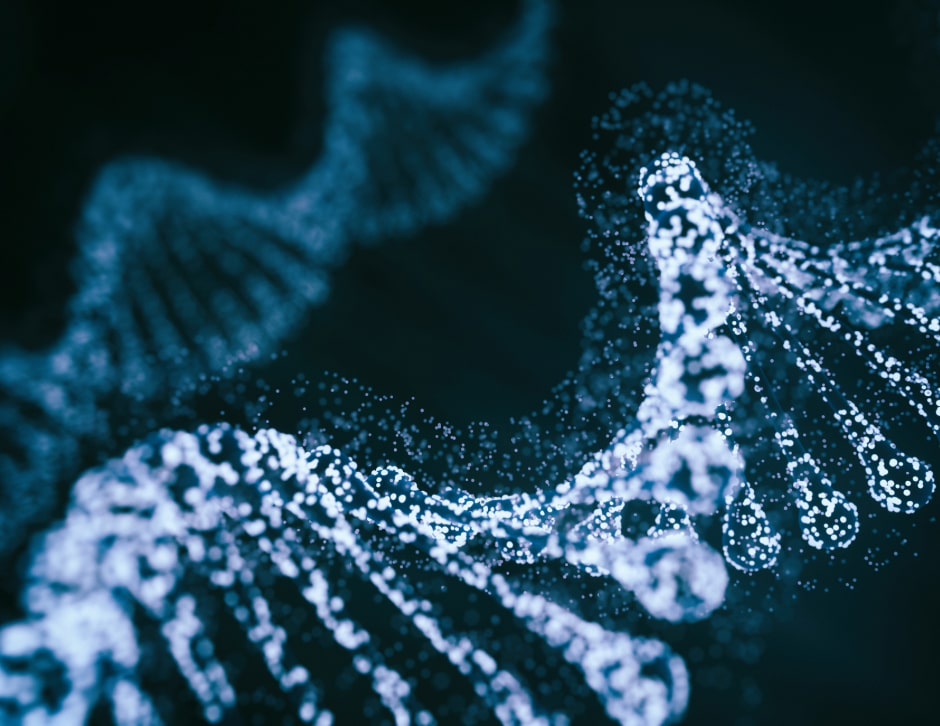
Here’s what we’ll cover in this blog post: Gene editing may sound like a distant promise, but the reality is that gene editing is already changing lives in hospitals across … Continue reading “What Is Gene Editing?”

Here’s what we’ll cover in this blog post: The Importance of Early Detection in Colon Cancer Colon cancer, if caught early, can often be treated successfully. When colon cancer is … Continue reading “How Cologuard Is Changing Colon Cancer Screening”

New studies reveal that medications like Tadalafil could reduce our risk for Alzheimer’s and cognitive decline by as much as 44%. See what the science says and learn more about how this could change Alzheimer’s prevention.

Vitalismo.io is a new longevity initiative that may lay the building blocks for communities around the world to fully adopt longevity initiatives into their daily lives.

Should you take Rapamycin with food? What about after exercise? Should I take antibiotics with Rapamycin? We answer these questions and more with help from our expert prescribers.

What is LP(a), and what makes it so critical to not only our heart health, but our overall longevity? Though some experts have called LP(a) an overlooked risk factor, it’s still one of the most significant biomarkers of heart health today.

Could aging science help shed light on a hope for long COVID? Join us as we take a deep dive into how longevity research intersects with long COVID in the first part of our series on long COVID.

Ever wonder why everyone from celebrities to long-COVID patients are turning to NAD+? This essential enzyme could be the secret to better energy, better skin, and better health.
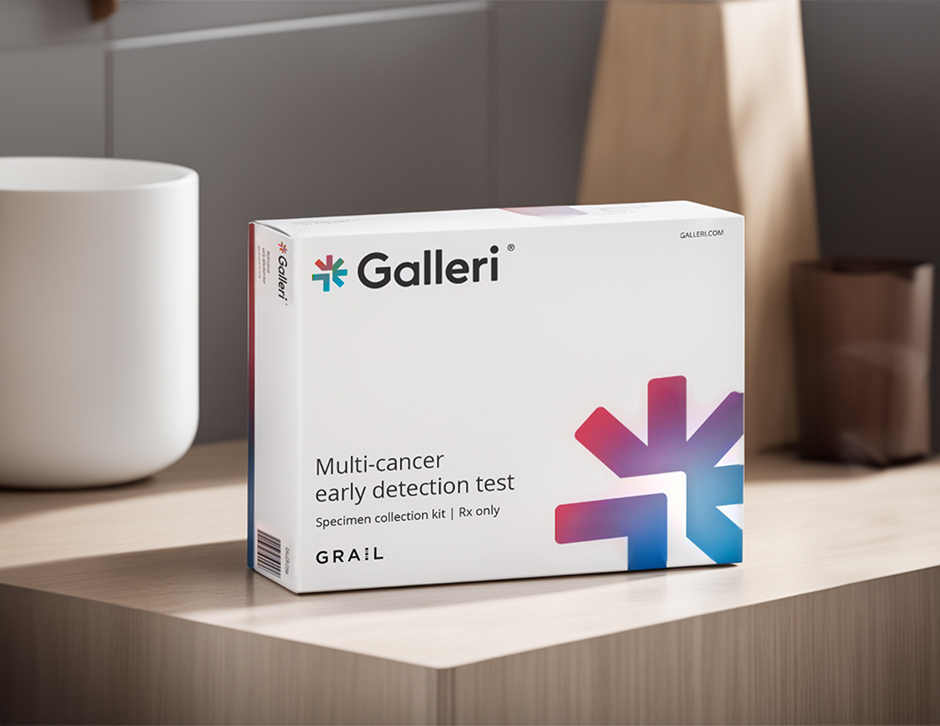
Why should we test early for cancer, and who should we turn to for early detection? See why inside.

Learn how early prevention, healthy living, and modern healthcare can boost your healthspan and protect against cancer, diabetes, Alzheimer’s, and heart disease for a longer, healthier life.
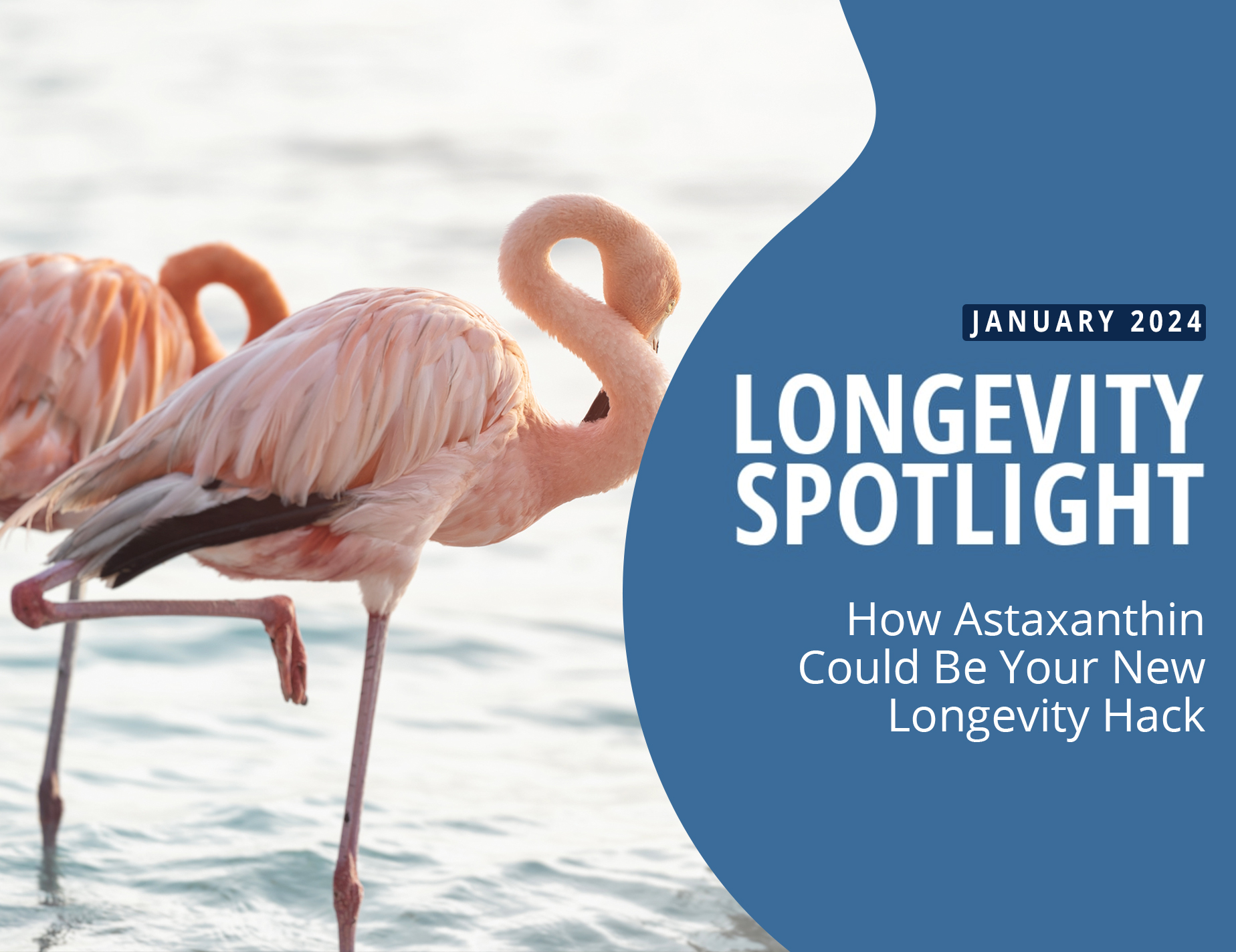
Quick overview of what we’ll cover in this blog post: You’re likely familiar with the compound known as astaxanthin, and you may even be using it regularly in your daily … Continue reading “How Astaxanthin Could Be Your New Longevity Hack”

Many assume that regenerative medicine is the same as longevity medicine, and though the fields are related, they couldn’t be more different in their approach.

It’s not a simple question, but we have a simple answer! First, we’ll outline the differences between our chronological and biological age, then we’ll discuss what makes our biological age tick.

Here’s what you can expect when dosing with Metformin from AgelessRx, from typical titration schedules to anticipated outcomes.

Here’s what you can expect when dosing with NAD+ from AgelessRx, from typical titration schedules to anticipated outcomes.
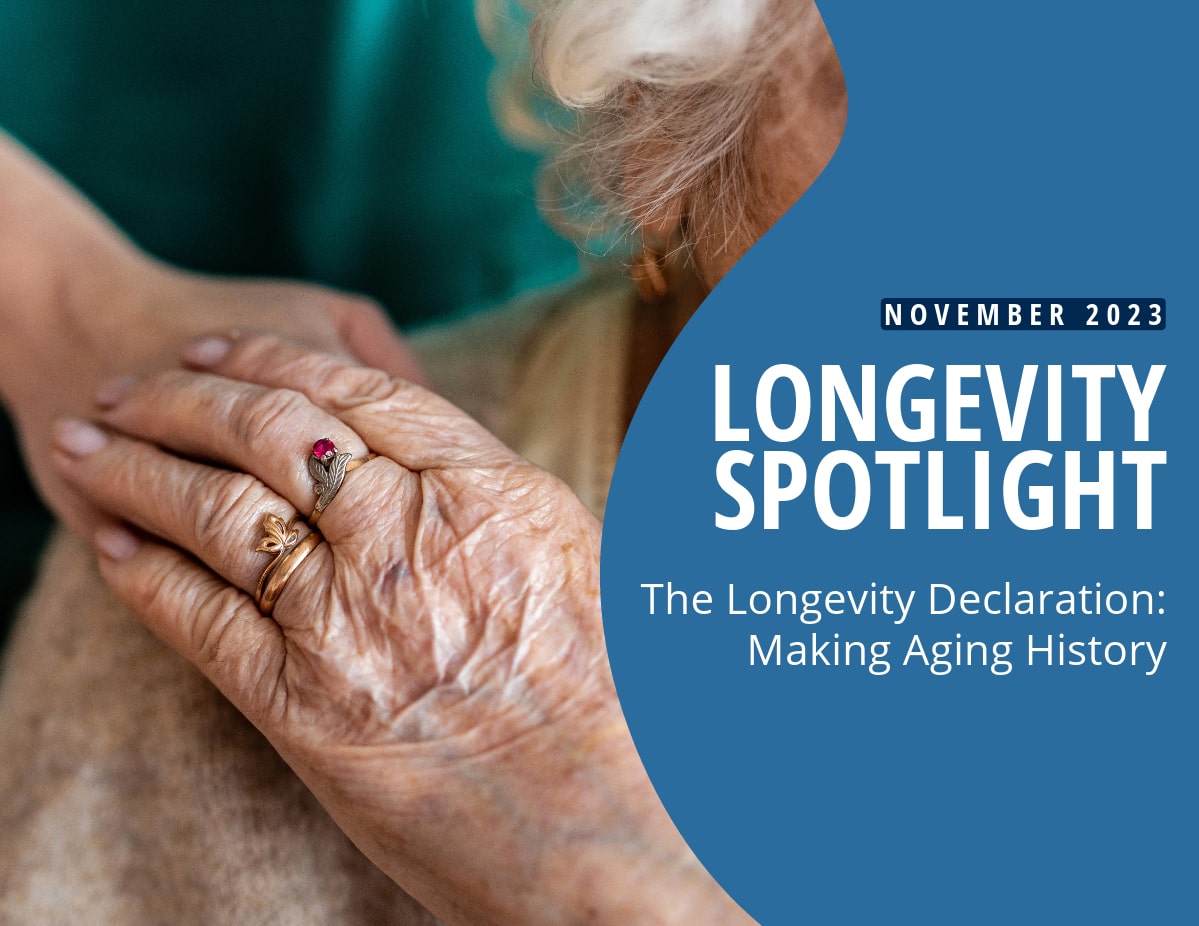
Could this declaration by 70 leading scientists change the future of how we age? Experts and enthusiasts alike are celebrating this simple article as perhaps the final push to changing the way we approach aging for good. Read for yourself!

Turning your clocks back doesn’t have to be a battle between your body clock and your social clock. Learn what you can do to maintain healthy sleep & energy ahead of the fall back.
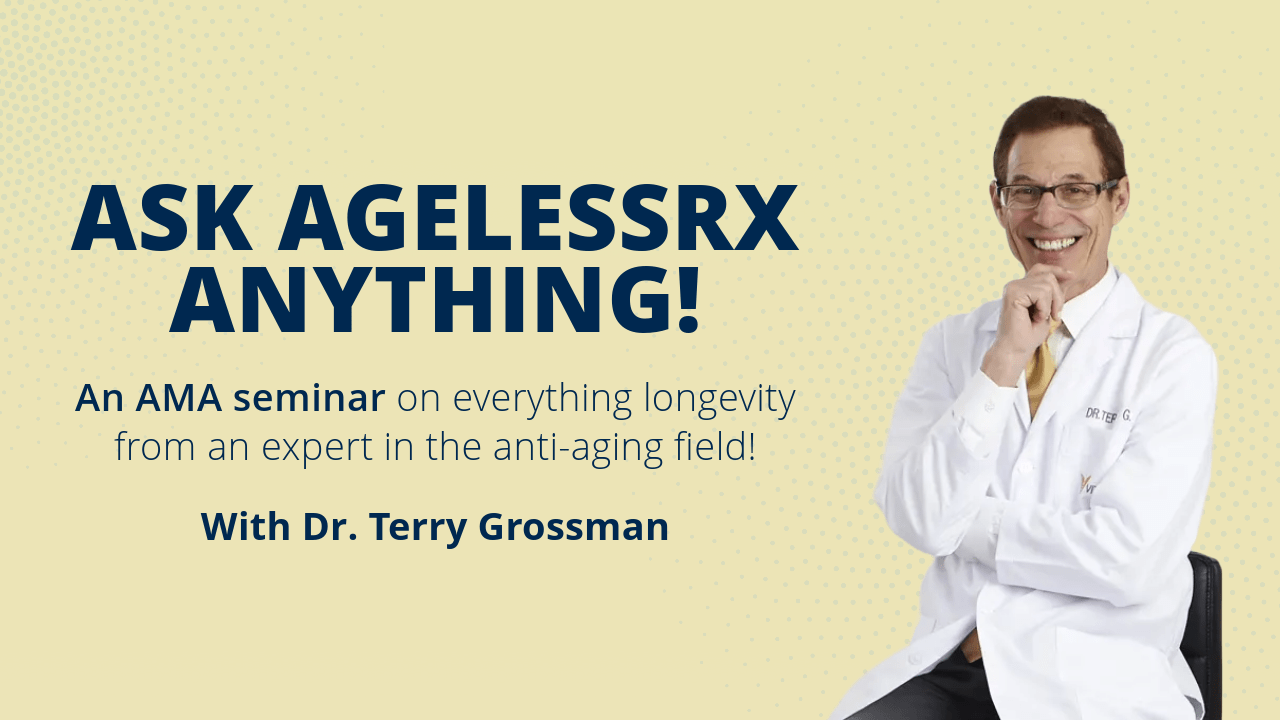
Listen to our experts as they cover everything from recommended supplements and therapies to the ever-expanding body of longevity research.

Catch up on all things longevity in 5 minutes or less with our Longevity Spotlight! Here’s the latest in longevity for September 2023.

Not sure which Rapamycin protocol is best for you? Read more to learn the main differences between generic & compounded Rapamycin.

Daily plans for Acarbose are officially here! Learn about our expanded plans, how they’re different from Acarbose As Needed, and how to determine which plan best fits your needs.
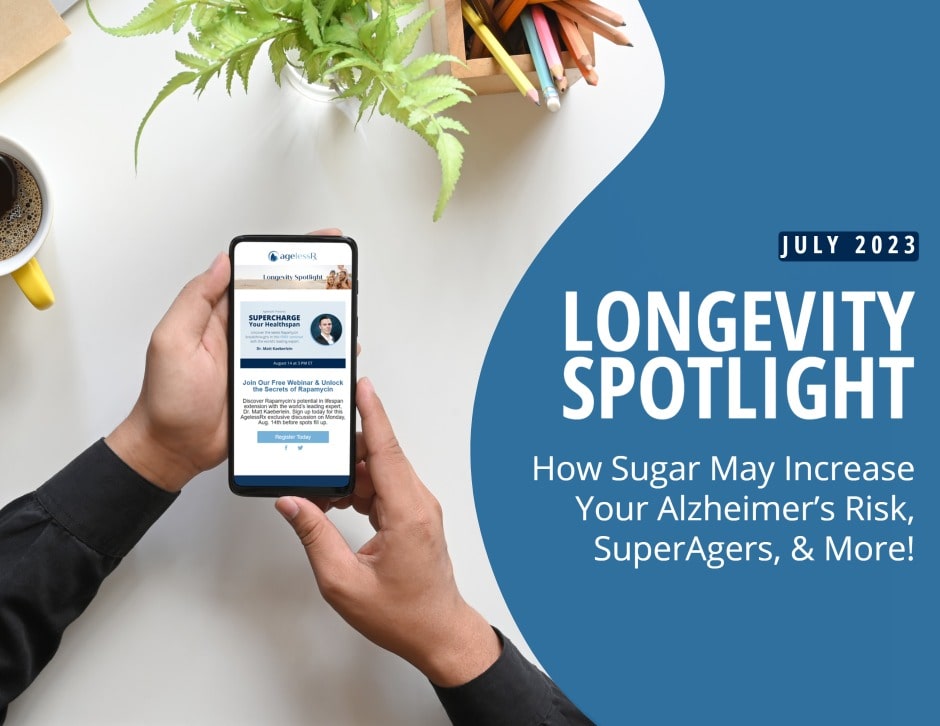
Catch up on all things longevity in 5 minutes or less with our Longevity Spotlight! Here’s the latest in longevity for July 2023.

Catch up on all things longevity in 5 minutes or less with our Longevity Spotlight! Here’s the latest in longevity for June 2023.

Catch up on all things longevity in 5 minutes or less with our Longevity Spotlight! Here’s the latest in longevity for May 2023.

Discover which diet is best for our longevity with expert nutrition recommendations from our Chief Medical Officer, Dr. Sajad Zalzala.

Our energy levels matter more than we think, especially when it concerns longevity: we don’t just need energy to do, we need it to thrive.

Catch up on all things longevity in 5 minutes or less with our Longevity Spotlight! Here’s the latest in longevity for April 2023.
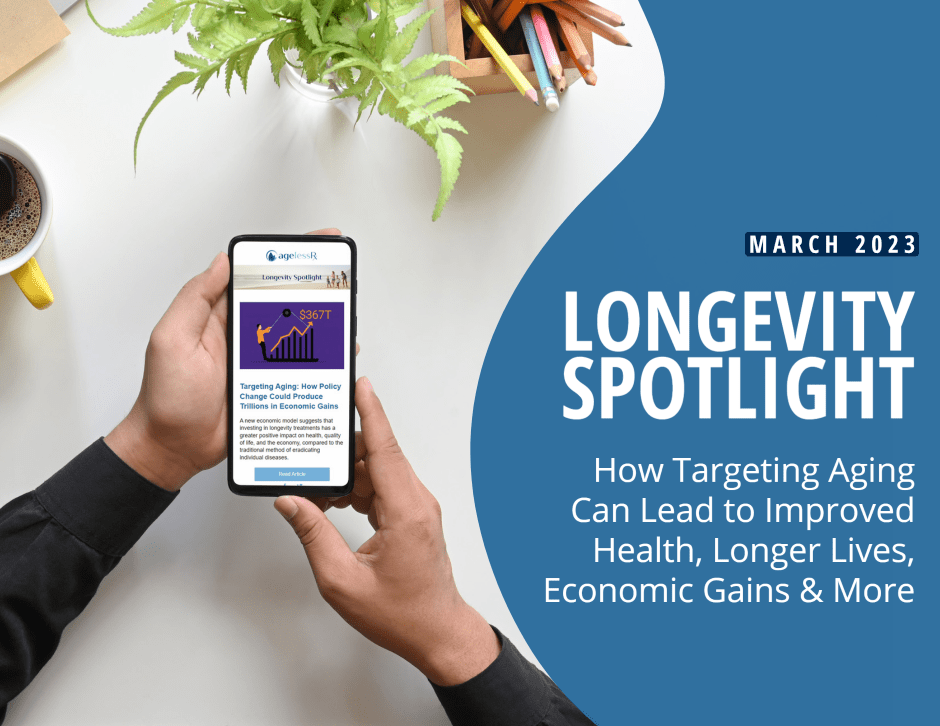
Catch up on all things longevity in 5 minutes or less with our Longevity Spotlight! Here’s the latest in longevity for March 2023.

With so many diets out there, it’s sometimes easy to get overwhelmed. But which diet can help you live the longest, healthiest life possible?
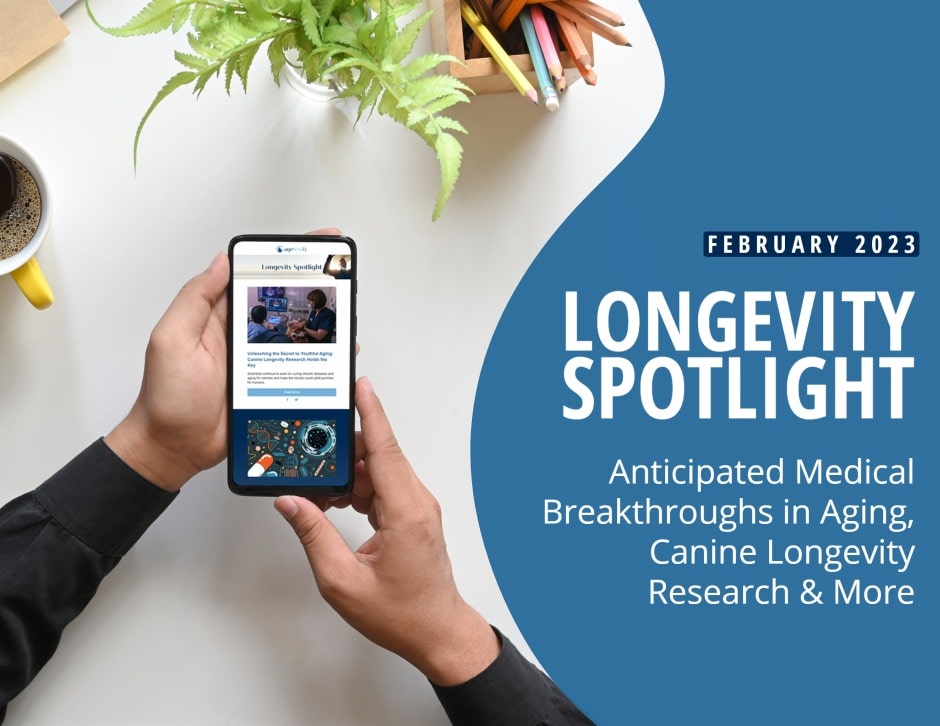
Catch up on all things longevity in 5 minutes or less with our Longevity Spotlight! Here’s the latest in longevity for February 2023.

Catch up on all things longevity in 5 minutes or less with our Longevity Spotlight! Here’s the latest in longevity for January 2023.
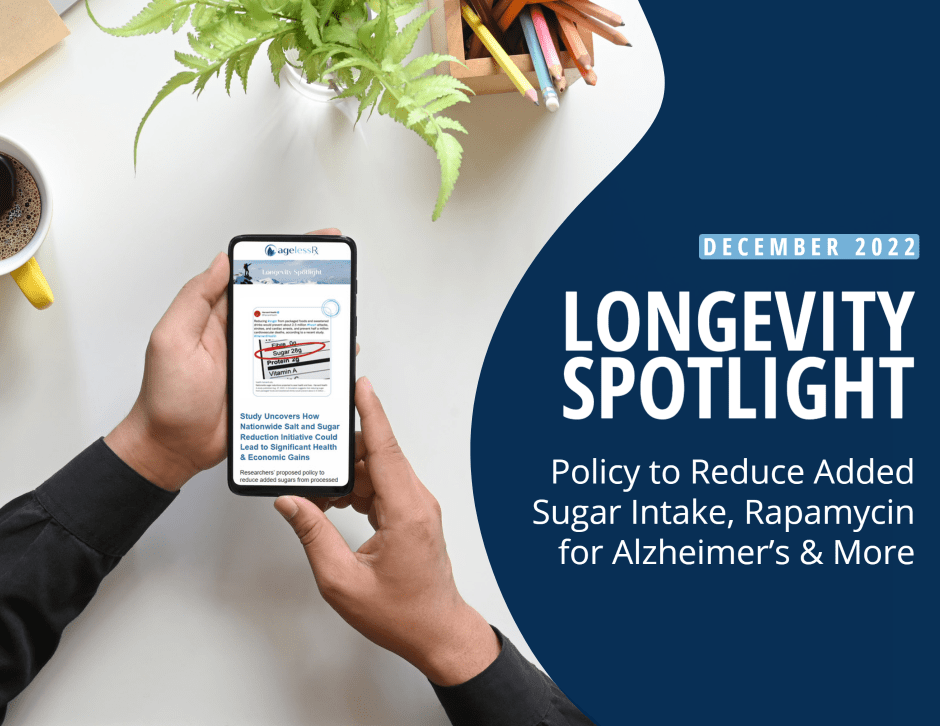
Catch up on all things longevity in 5 minutes or less with our Longevity Spotlight! Here’s the latest in longevity for December 2022.
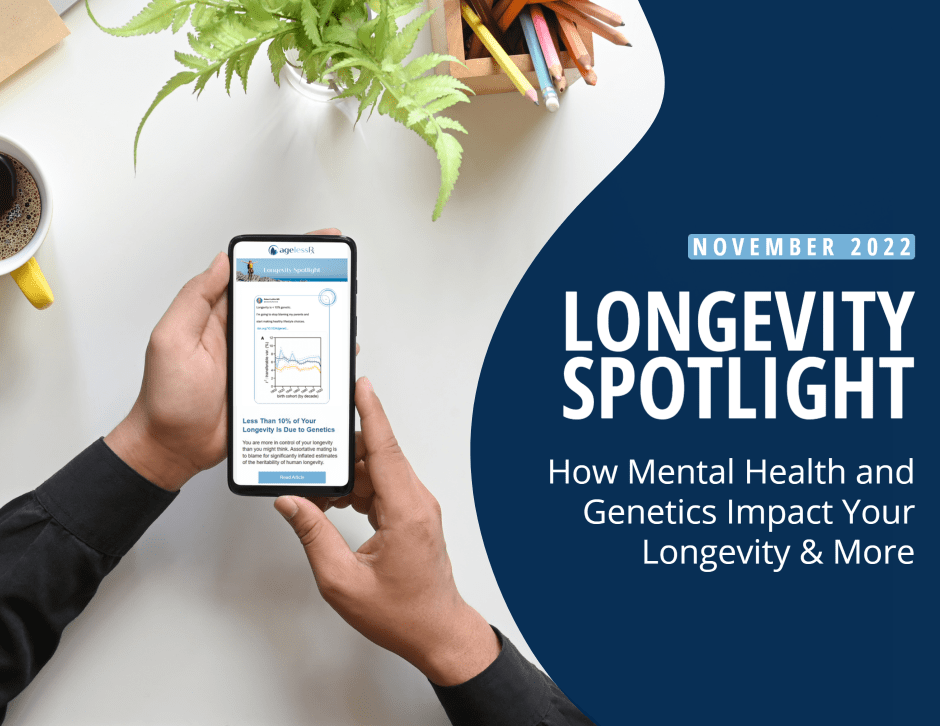
Catch up on all things longevity in 5 minutes or less with our Longevity Spotlight! Here’s the latest in longevity for November 2022.
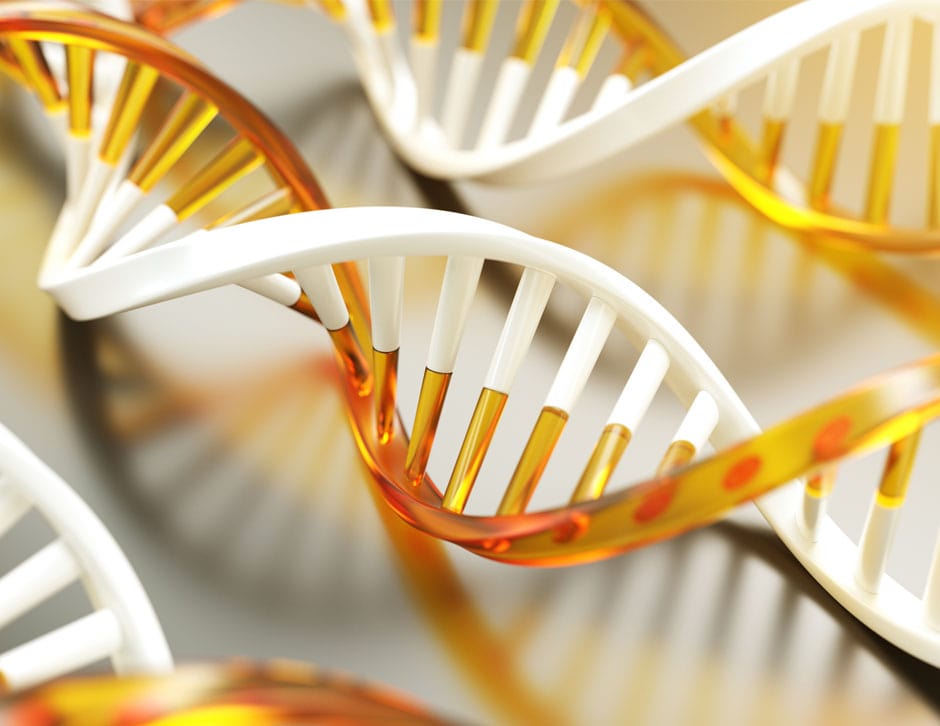
Epigenetic Methylation drives changes in the body at a cellular, genetic, and molecular level. Learn what it is and why it’s important.

Catch up on all things longevity in 5 minutes or less with our Longevity Spotlight! Here’s the latest in longevity for October 2022.
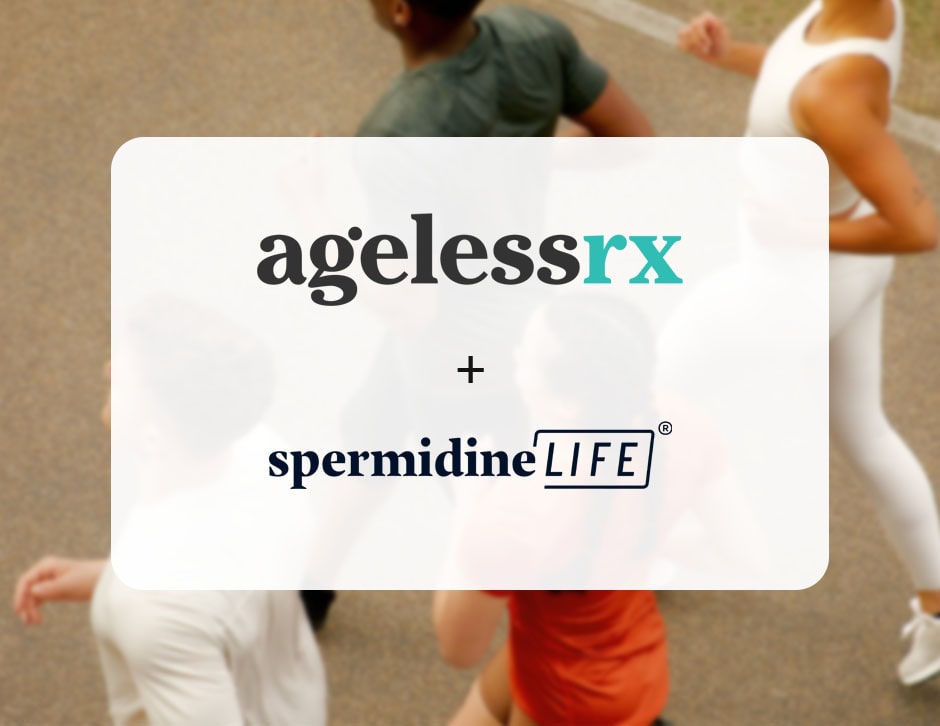
AgelessRx has partnered with Longevity Labs on a descriptive study that has shown positive results for quality-of-life outcomes.

What are biomarkers of aging? Learn how we use those biomarkers, what makes a good biomarker of aging, and more.

Biological aging is the process of your body gradually losing function. So how is it different from your birthday, and why should you care?

If you’ve never heard of a coronary artery calcium test, don’t worry! We’ll explain and highlight why you may want to get a test done today.

Learn more about exercise, its connection to longevity, and our recommendations for incorporating quality exercise into your routine.

It can be daunting trying to understand what dietary choices are best for your health and longevity. Don’t worry–we’re here to help.

Not getting quality sleep can have a significant impact on your health, including your longevity. So how do you get quality sleep?

Smoking has a negative impact on your overall health and longevity, but quitting is 100% possible. Here are some ways to stop smoking today!
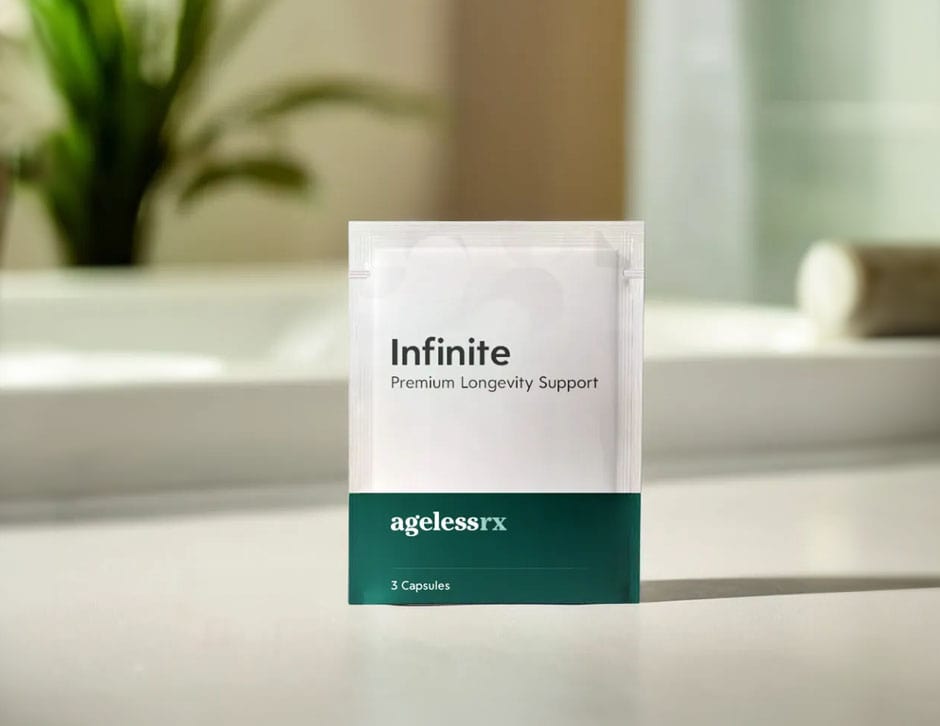
Learn all about our latest doctor-formulated, daily longevity supplement.

In this video, we talk about NAD, what it is, why it’s important, and why you might consider supplementing your NAD levels as you age.
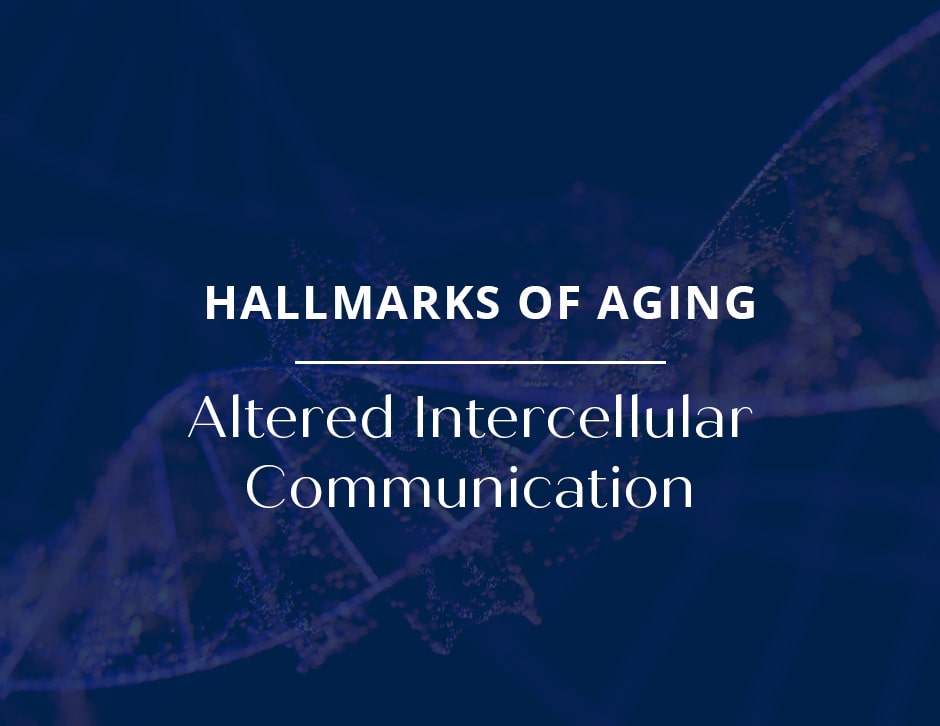
The Hallmarks of Aging describes altered intercellular communication as an alteration of the signals that pass between cells.
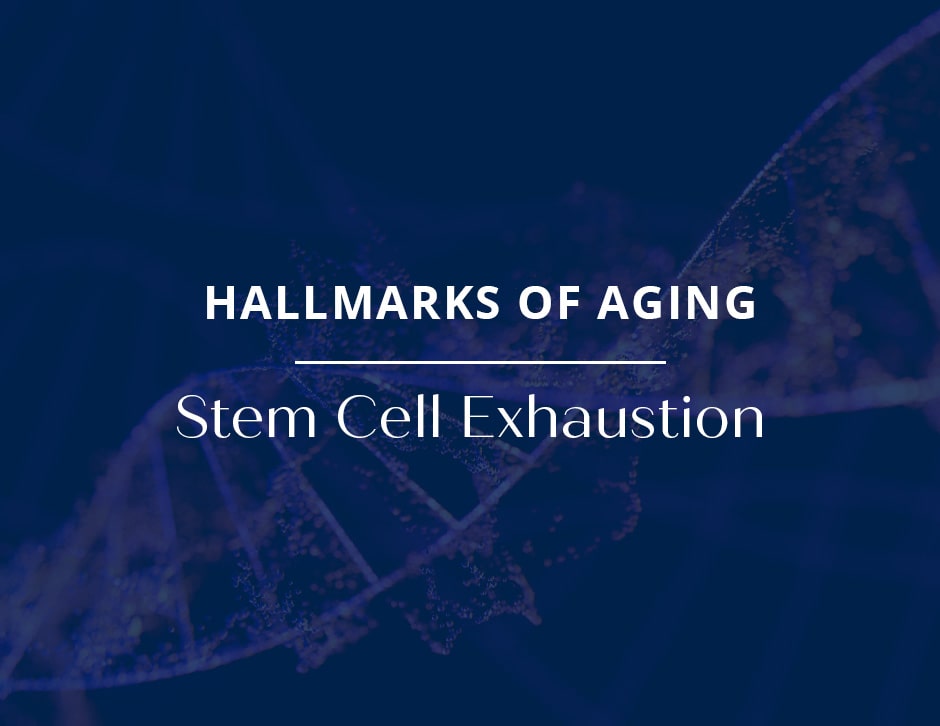
The Hallmarks of Aging describe stem cell exhaustion as failure of stem cells & their ability to supply new somatic cells to organs/tissues.
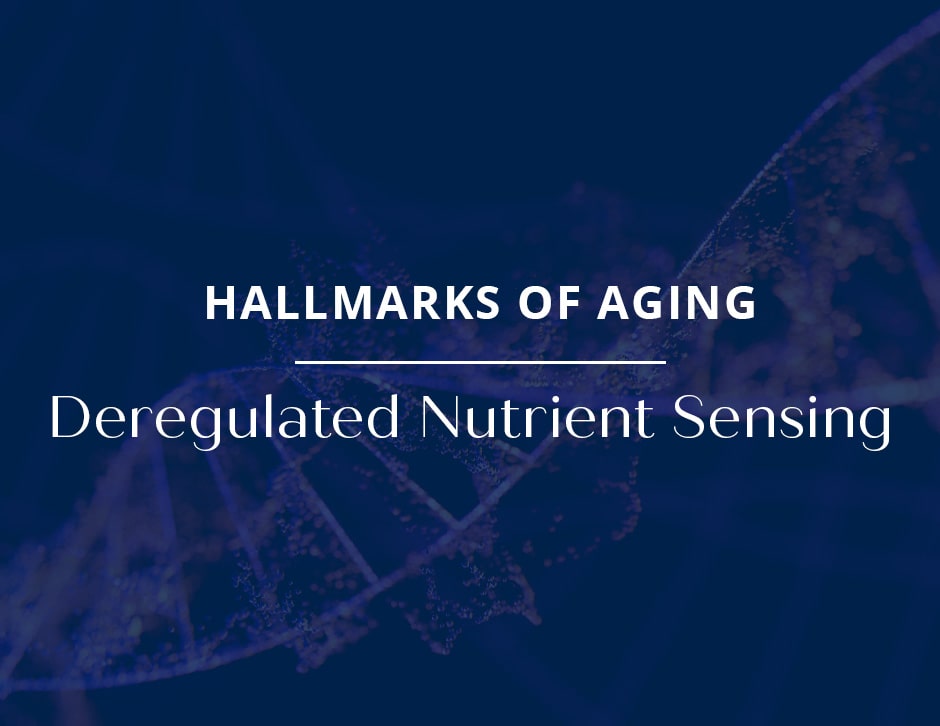
The Hallmarks of Aging describes deregulated nutrient sensing as a failure of four pathways that manage metabolism & energy production.

The Core Longevity Panel is a convenient lab-based blood test that provides a snapshot of your longevity and age-related health.
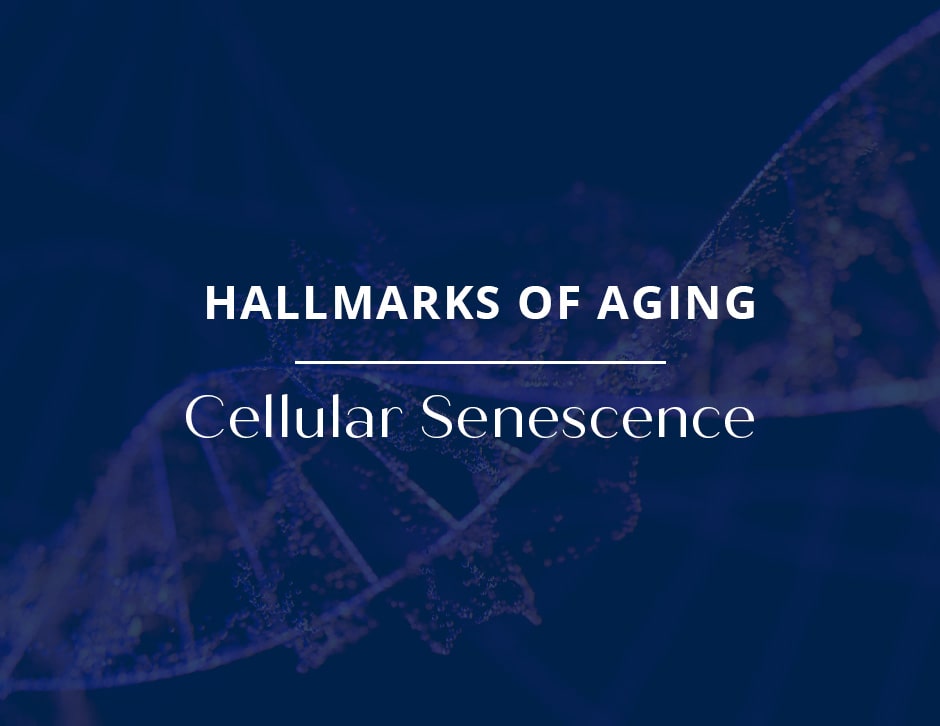
The Hallmarks of Aging describes cellular senescence as dysfunctional, pro-inflammatory cells which have evaded destruction.
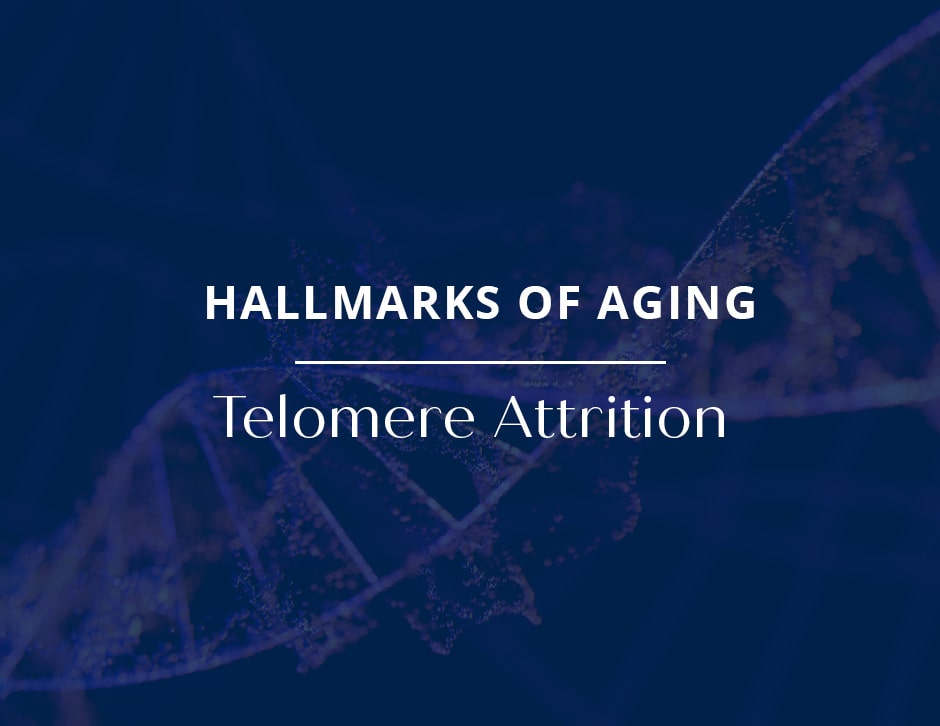
The Hallmarks of Aging describes telomere attrition as the erosion of the protective telomeres that cap the ends of our chromosomes.
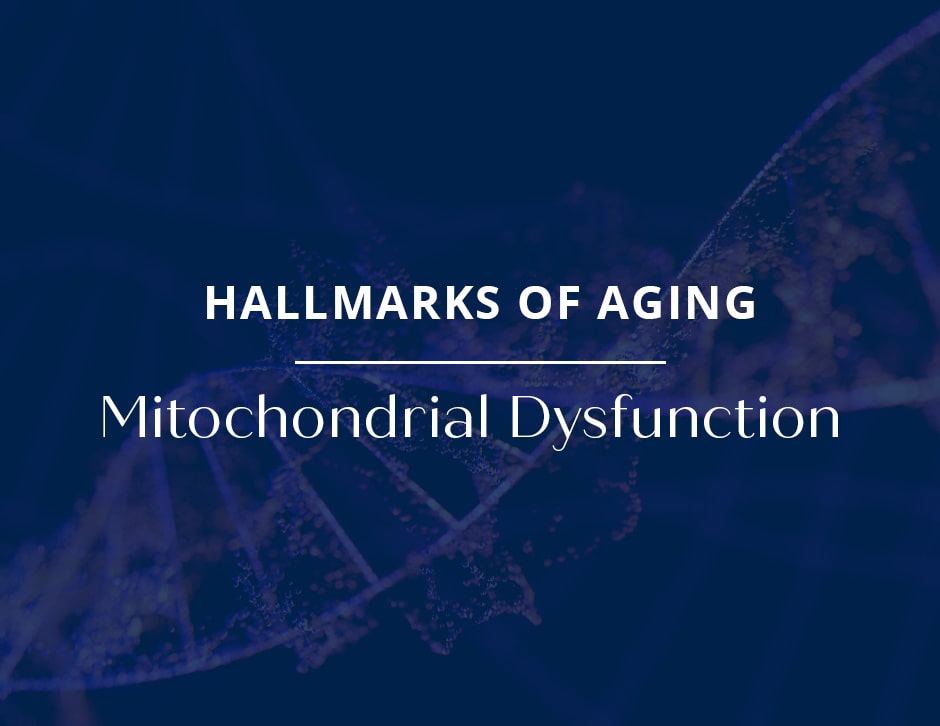
The Hallmarks of Aging describes mitochondrial dysfunction as the decline of mitochondria and their ability to produce energy for the cell.
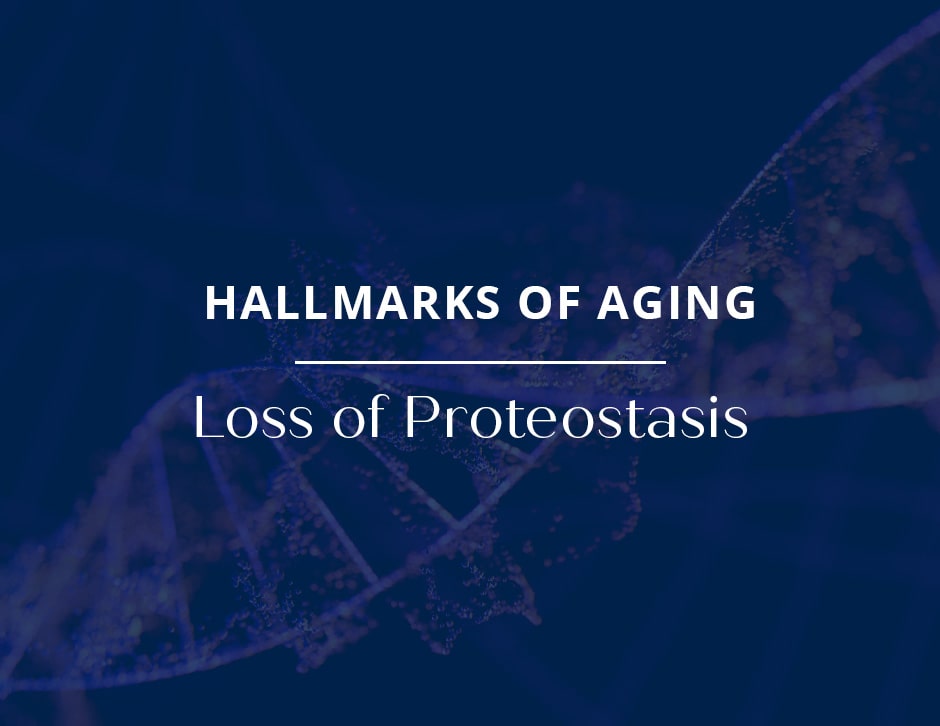
The Hallmarks of Aging describes the loss of proteostasis as the failure of our protein production machinery and is a reason we age.
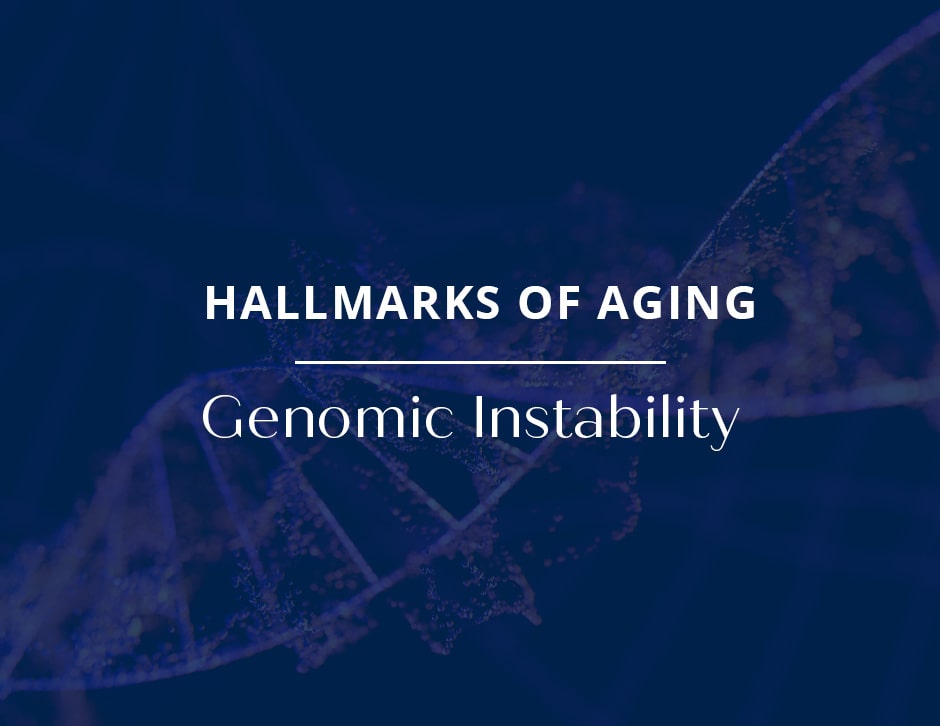
The Hallmarks of Aging describe genomic instability as damage to DNA that’s imperfectly repaired or not repaired at all. What does that mean?
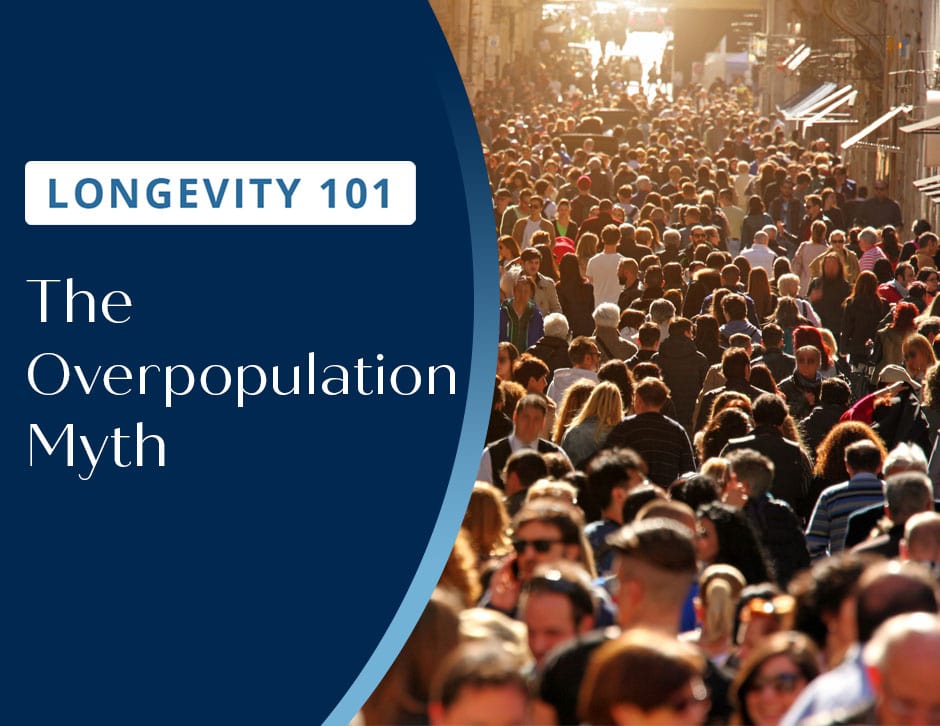
Whenever the topic of increasing healthy human lifespans is suggested, inevitably the concern it will lead to overpopulation will be raised.
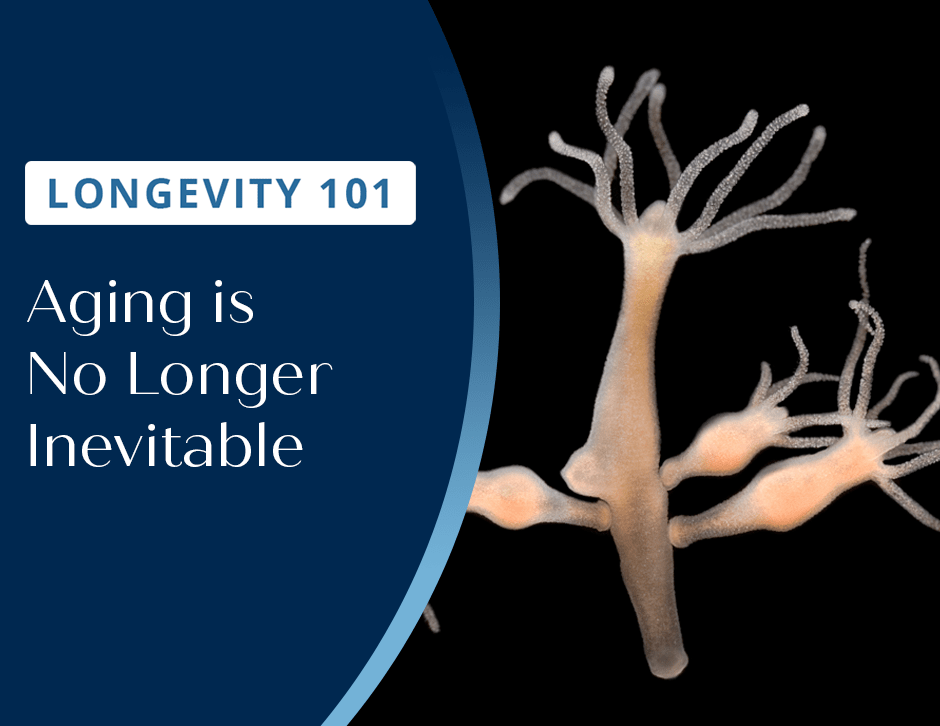
So, why do we believe that aging is not inevitable? First things first: we know it isn’t because nature shows us it isn’t. Read on!
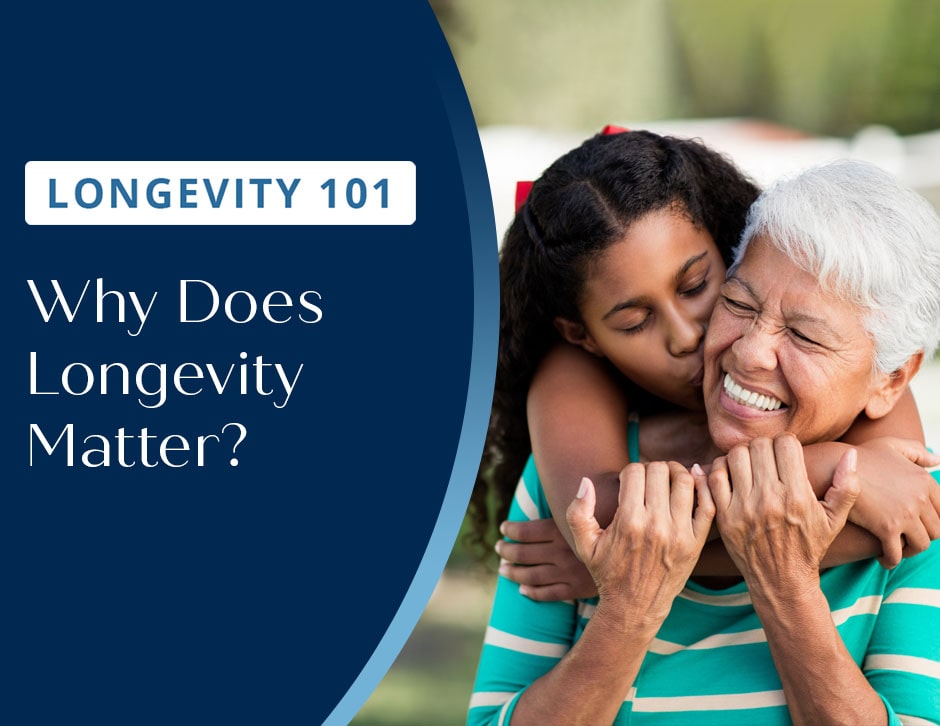
While there are many positives to a longer life, there is also effort needed to achieve it. So, why does longevity matter?
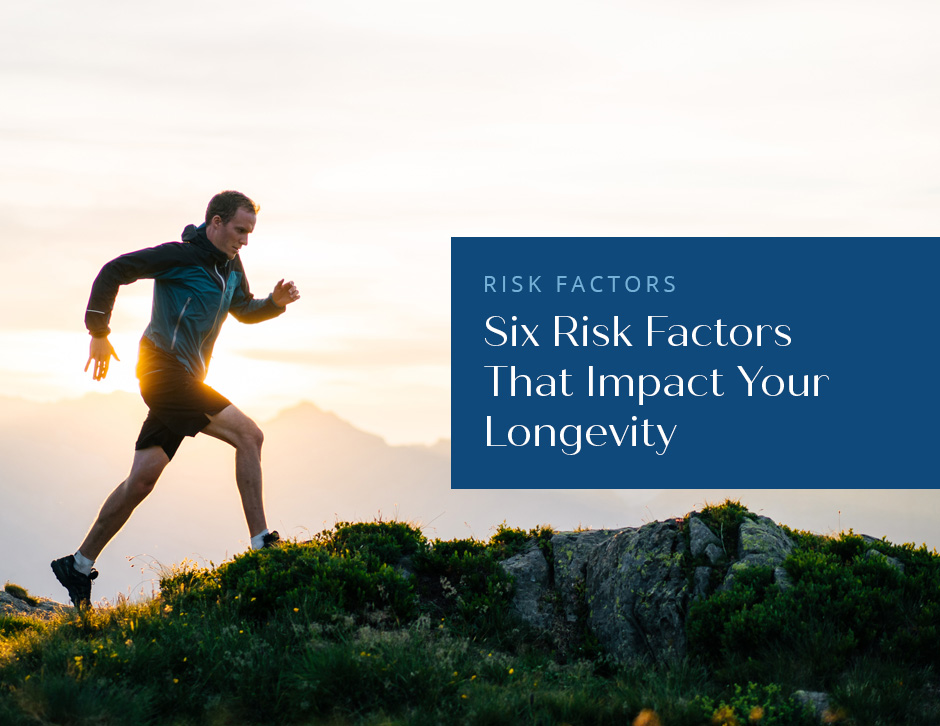
Chronic health conditions can seem like an inevitable part of aging. The good news? Many chronic diseases are completely preventable.

Learn more about what inflammaging is and why we consider it a chronic yet most treatable age-related condition.
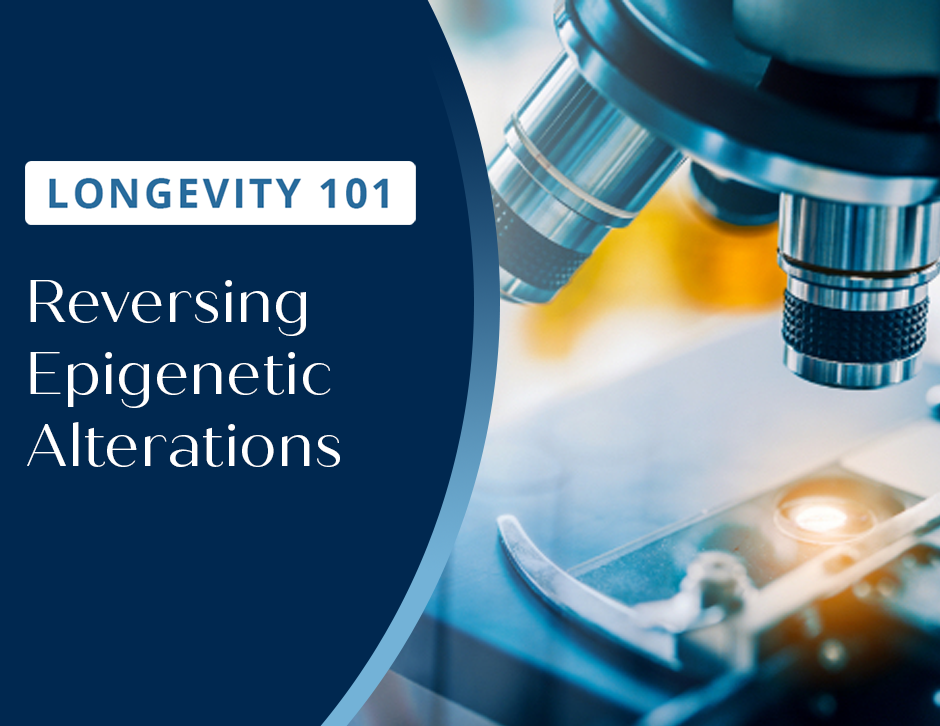
As we get older changes to our gene expression happen, called epigenetic alterations. Learn how they happen and if they can be reversed.
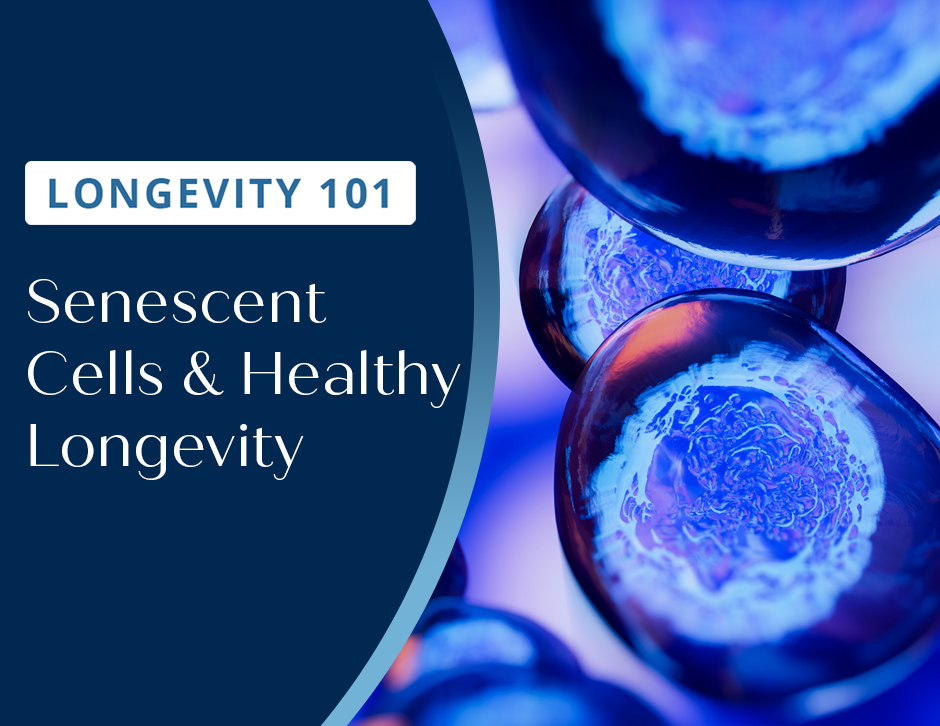
What are senescent cells? Find out how senolytics could remove senescent cells and how senomorphics may alter them in a positive way.
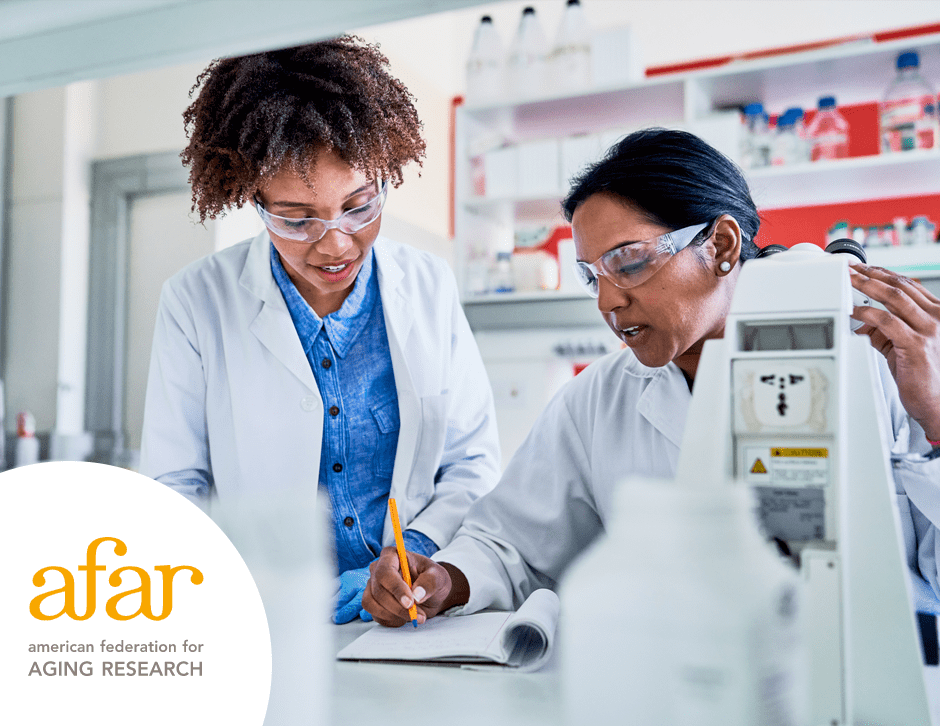
Whether you’re new to the longevity space or an expert, chances are you’ve heard of the TAME Trial. But what is it exactly?

The future of aging research holds great potential for slowing down or even reversing aging – but here some things you can do now.
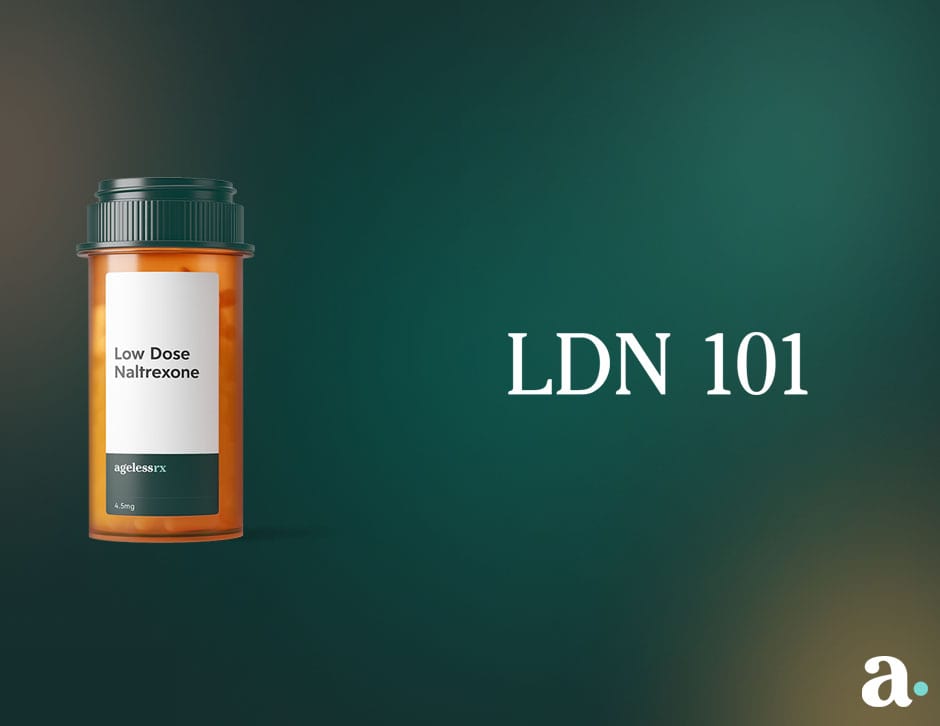
Low Dose Naltrexone, or LDN, has a variety of research supporting how it can help people with a wide range of health issues.

Sharp rises and falls in our blood sugar levels are known as ‘glucose peaks’. Learn how to avoid these peaks and how Metformin can help.
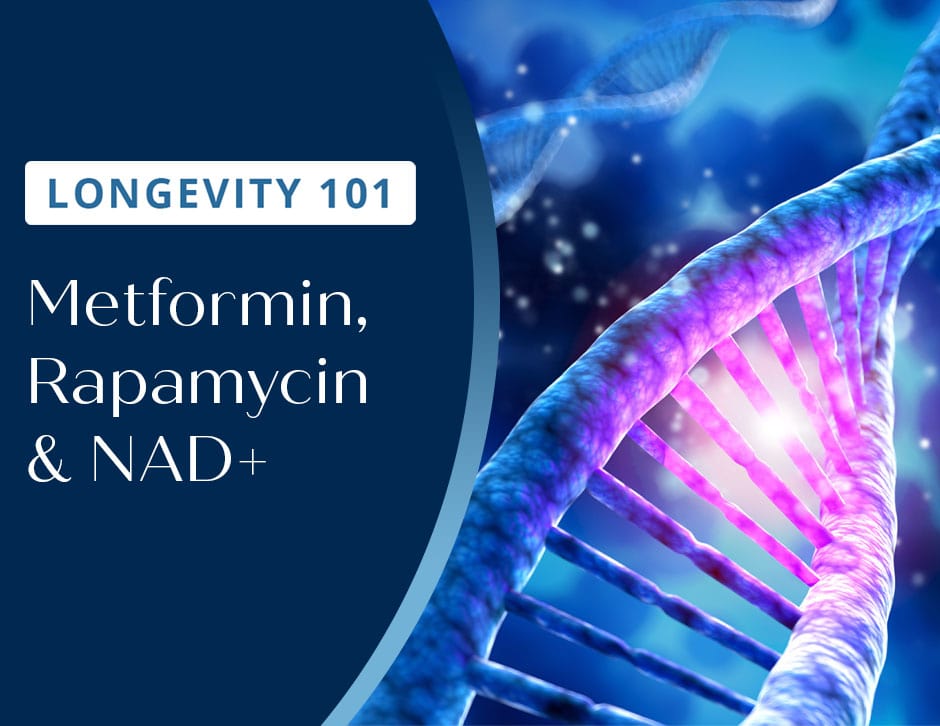
Learn how Rapamycin and Metformin may help combat aging, as well as what NAD+ is and how increasing it may help us age slower.
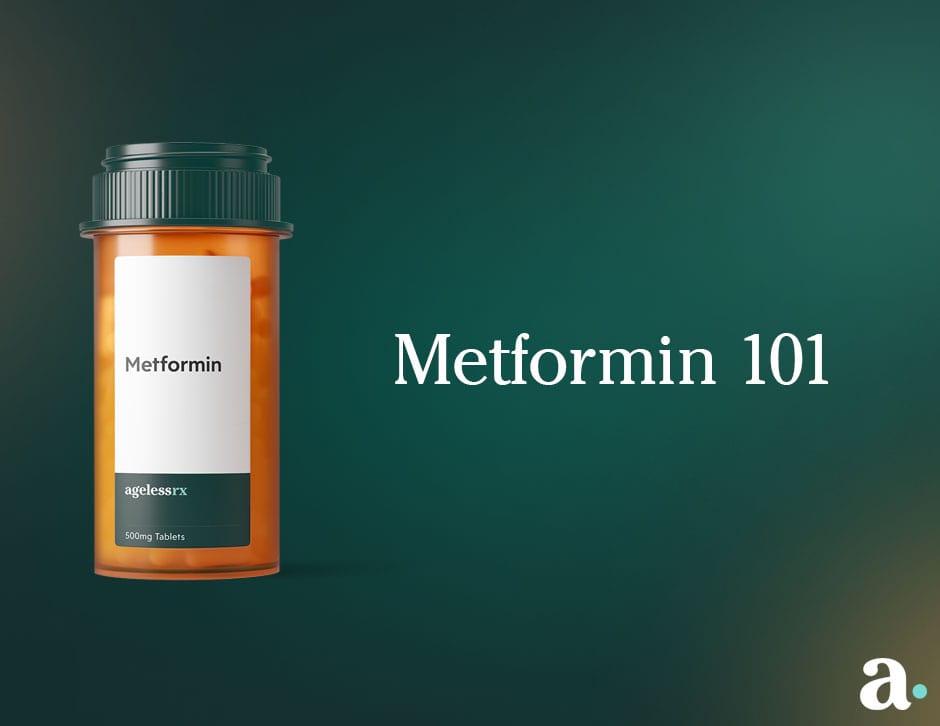
How does Metformin work, and why are scientists and clinicians excited about its potential to help slow down aging and improve healthspan?
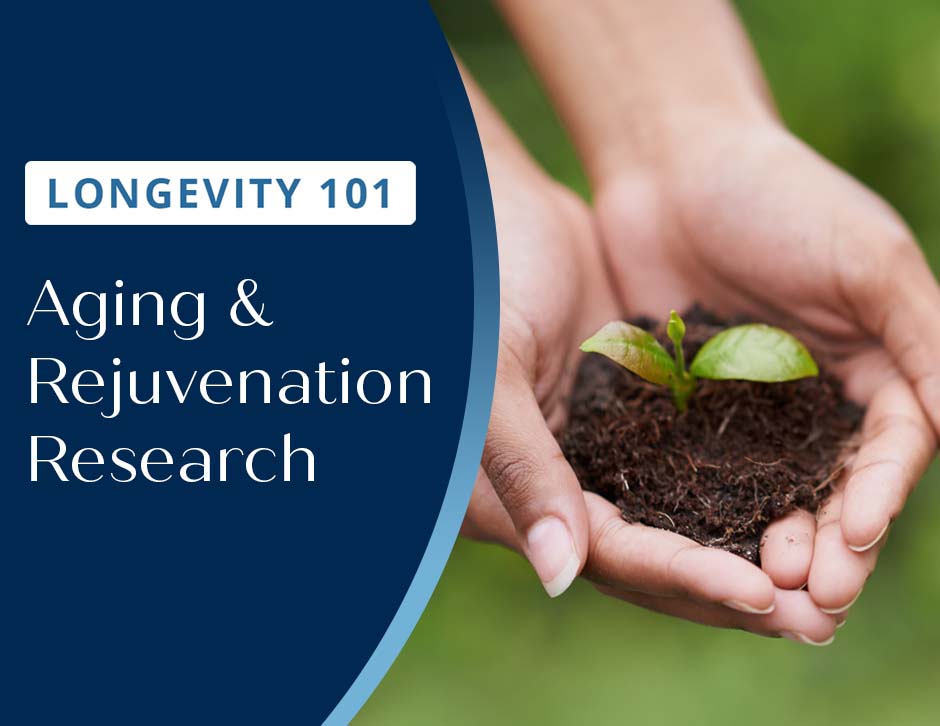
Rejuvenation – what is it really? Join us as we explore how scientists are developing drugs and therapies that target aging itself.
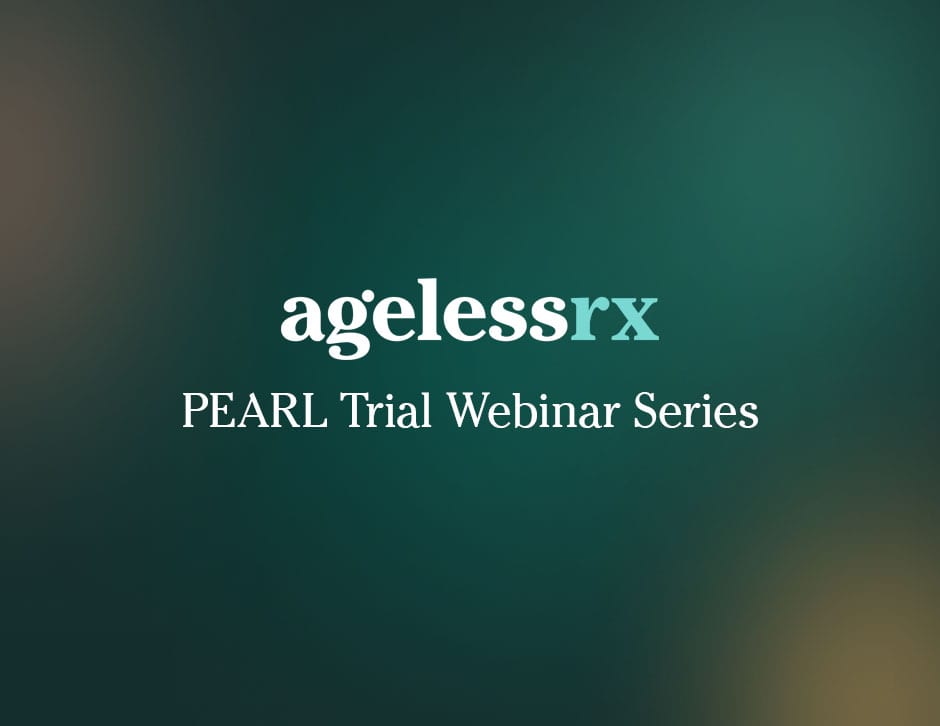
Check out this video webinar series about a new AgelessRx sponsored study on the use of Rapamycin in longevity treatment.

October marks the start of a month-long acknowledgement & celebration of the anti-aging space. Learn more about how you can contribute.

Game changer! AgelessRx publishes its first case report highlighting GSH supplementation with Iontophoresis patches.

Discover the study by Dr. Rhonda Patrick, founder of Found My Fitness, that validates the anti-aging sauna hack.

At AgelessRx, we’ve designed and created a Personalized Wellness Assessment that can provide you with a free wellness and longevity report.
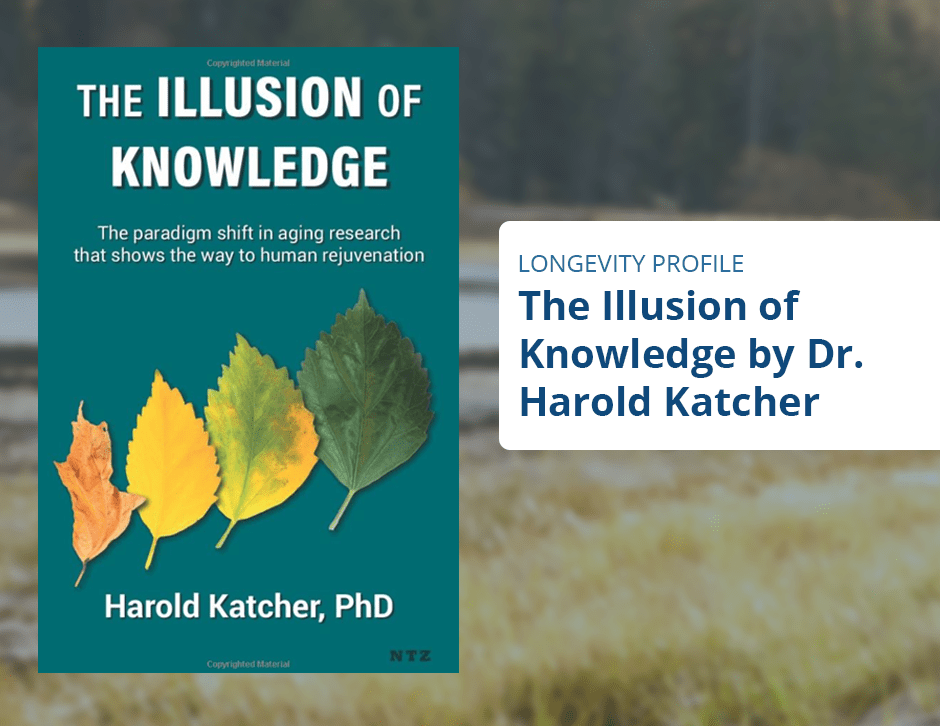
Through nine fascinating chapters, Dr. Katcher’s new book The Illusion of Knowledge tells the story of his life and how it led him to ‘E5’.

Our chronological age and biological age can be quite different. Learn how to calculate and track your biological age.

AgelessRx is working to get more traction on clinical and scientific studies that can help us learn more about how LDN may impact longevity.

It’s never too late to start making your longevity a priority. Check out some of our tips to living longer and becoming a healthier you.

AgelessRx has started recruiting participants to our clinical trial PEARL (Participatory Evaluation of Aging with Rapamycin for Longevity).

Interested in longevity? Check out our favorite resources to learn more about longevity, the science behind it, and why we’re so passionate.
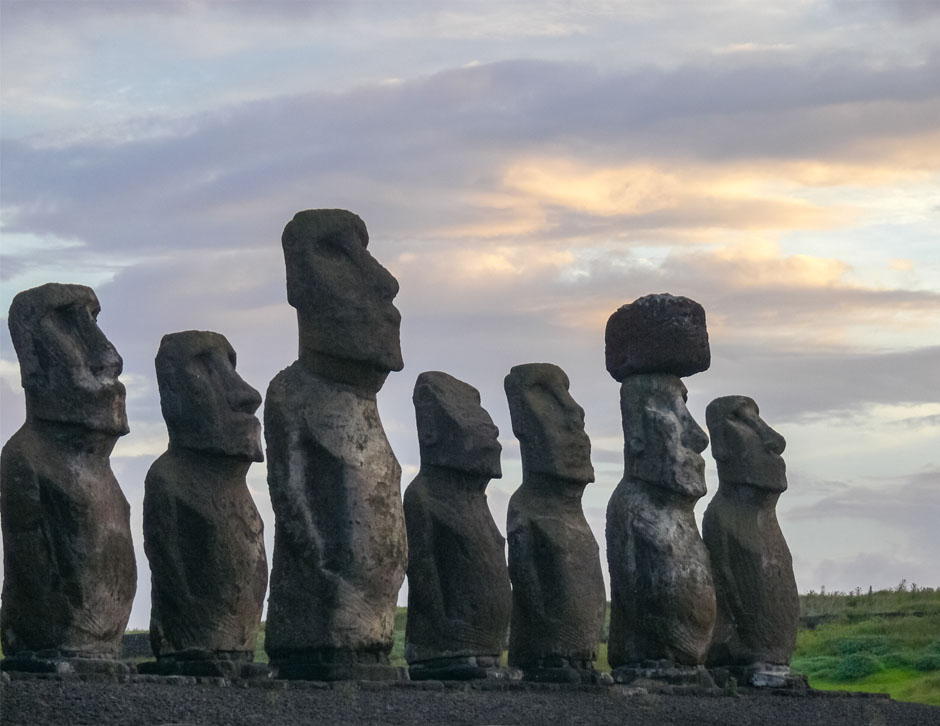
Explore the history of Rapamycin and how it is gaining traction as an up and coming longevity therapy and what Rapamycin has shown in studies.

Are we overpopulated already? Wouldn’t slowing down aging make the problem worse? Let’s take a closer look.

How can you increase autophagy? Discover how to increase autophagy through lifestyle changes, Metformin, and Rapamycin.

Anar Isman, Co-Founder & CEO of AgelessRx, recently sat down with Longevity.Technology to talk about ARX’s online platform and mission.

Explore our top 10 tips to prevent and reduce stress to enhance your longevity and work towards a healthier, happier lifestyle.

Co-Founder & Chief Medical Officer, Dr. Sajad Zalzala, recently sat down with the host of Happy Whole You to talk AgelessRx & anti-aging.

Discover the science behind Rapamycin and how it impacts the aging process, and PEARL, the first human clinical study for Rapamycin.

As one of the safest and widely used prescription drugs for diabetes, Metformin also provides a slew of anti-aging and longevity benefits.

Learn more about Tadalafil (generic Cialis) for Erectile Disfunction plus a range of other health and longevity benefits.

Glutathione (GSH) is known by experts as the body’s “master antioxidant”, capable of preventing damage to important cellular components.

In more recent years, Metformin has received increasing attention for its many benefits, including a lower risk of various types of cancer.

Several notable clinical trials state Metformin may be effective in preventing or delaying the onset of type 2 diabetes.

Getting into the habit of incorporating a new treatment into your longevity routine can start in very small and simple ways.

As the science and research suggests, those who take Metformin over time have a greater opportunity to combat age-related diseases.

Learn more about the revolutionary study suggesting Metformin may lower risk of all-cause mortality in diabetic & non-diabetic patients.
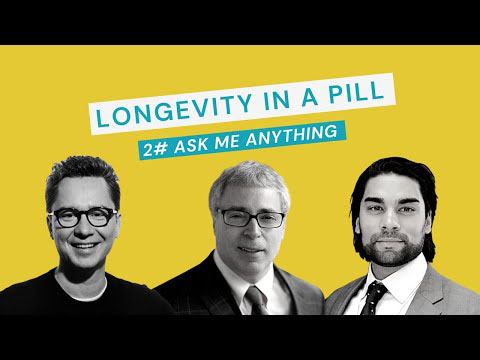
Dr. Nir Barzilai sat down with Sergey Young and Sourav Sinha to talk all things Metformin, longevity, and life-extension in this webinar.
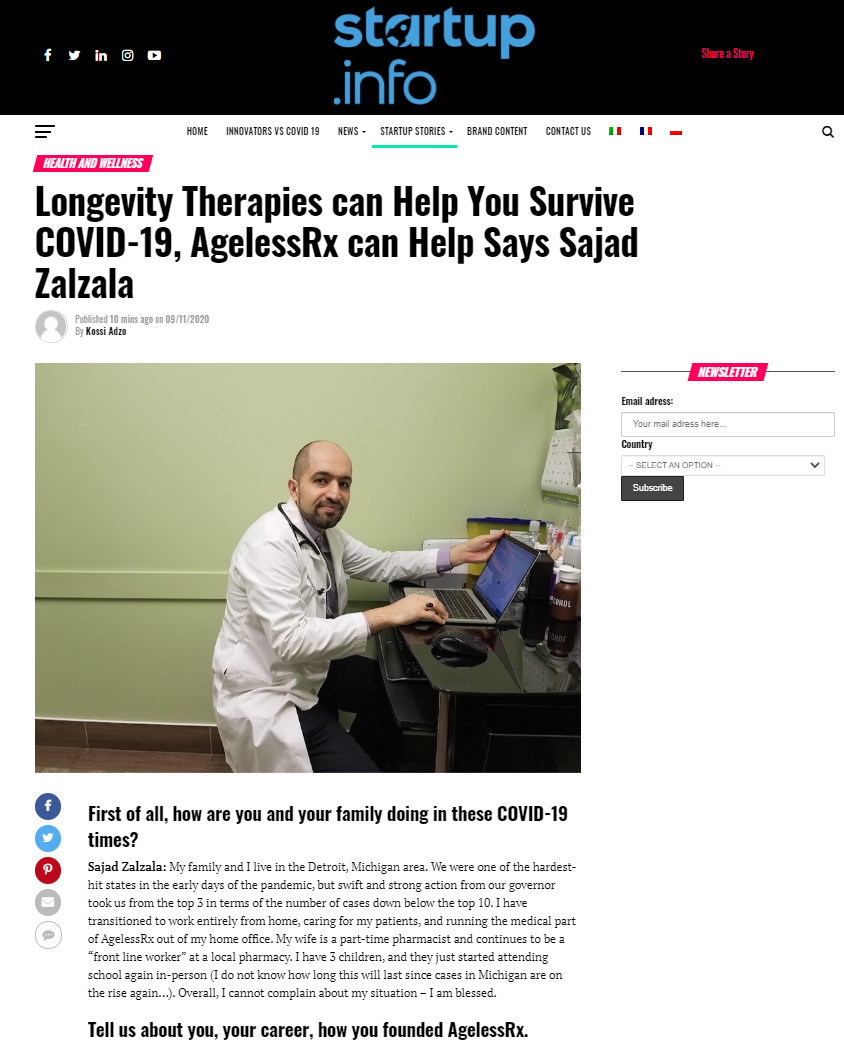
AgelessRx CMO Dr. Zalzala sat down with Startup.Info to discuss all things longevity prescriptions that may help enhance your immune system.

Read more about Harvard biochemist, professor, & biology expert, Vadim N. Gladyshev, share his theory on COVID-19 as “a disease of aging.”

A recent 2020 study demonstrates exercising plus Metformin is healthier from an aging perspective than exercising alone.

Learn more about NAD+ IVs, NAD+ Patches, NAD+ Injections, and more to effectively and safely boost your NAD+ levels.

